I’m so excited to welcome and introduce to my writing team, Carnella Ajasin. Not only is she a fellow homeschooler and super mompreneur, but she’s a Technology Diva, and will be sharing much more of her expertise as it relates to children and families right here on Moms ‘N Charge! So stay tuned and check out her bio and first article below.
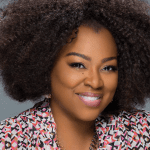 The following post was written by Carnella Ajasin. Carnella Ajasin is a technology strategist, business coach, philanthropist, editorial contributor, entrepreneur, and founder of Mind Katalyst, an interactive learning technology firm to fortune 500 companies with leaders who dare to embrace bohemian technology ideas in such sectors as healthcare, education, and government. She enjoys writing and speaking about the power of technology and its’ global intersection with health, food, psychology, education, social activism, and innovation. The following post was written by Carnella Ajasin. Carnella Ajasin is a technology strategist, business coach, philanthropist, editorial contributor, entrepreneur, and founder of Mind Katalyst, an interactive learning technology firm to fortune 500 companies with leaders who dare to embrace bohemian technology ideas in such sectors as healthcare, education, and government. She enjoys writing and speaking about the power of technology and its’ global intersection with health, food, psychology, education, social activism, and innovation.
Carnella has directed multi-million dollar projects for Texaco, Health South, Eli Lilly, Rio Tinto, AT & T, and others. She has authored technology-related columns in various industry publications. Connect with Carnella on Twitter, Facebook or by going to www.mindkatalyst.com.
|
Dr. Garth Graham previously served as deputy assistant secretary in the U.S. Department of Health and Human Services, where he also led the Office of Minority Health. His numerous achievements include implementing key health provisions of the Affordable Care Act, guiding the development of the first federal action plan to eliminate health disparities under the Obama administration, and driving the effort that for the first time closed the gap in flu vaccination rates among children of color.
Dr. Graham: Sure. So you know the underserved communities face a number of challenges in terms of access to care. Some of that might be access in terms of accessing a nurse or physician, but some of it might be access in terms of information and empowerment to make the right decision around their own health care. What we’re doing here is funding folks who will work with underserved communities to use technology to improve health outcomes.
Carnella: OK. Can you give me some highlights of those? Maybe some highlights of the digital initiatives that are popular and already in use?
Dr. Graham: Outside of this initiative, we’re funded some really interesting things in prior grant cycles. We funded this Text for Wellness program from the Institute of eHealth Equity in Cleveland. They use text messaging – as part of their faith based ministry – to primarily connect African American women between the ages of 18 and 49 to their local health ministry and church. They share a lot of health information. These are examples of things that we’ve done as well as examples of things that many other people have done while using the technology to improve health outcomes. We just want to bring that to a larger scale.
Carnella: Very good! We know the age bracket of 18 to 49 typically reaches access to health information via their mobile devices. How about those who are elderly? How is the initiative going to address those types of people?
Dr. Graham: First, we tell people to find the technology that works best for them. Somebody might try for the device that has all the bells and whistles and it’s the newest device. Another person might try for a device that just allows them to be able to communicate well; so choose a device or system that works for you. What we see, especially in our older community, is even though they might not choose the bells and whistles, we’re still able to communicate with them through things like SMS text messaging and a lot of other simpler technological tools in terms of communication. It’s much much less about the tool or the technology, but more importantly about what strategy you use to make behavior change.
Carnella: And in speaking on that, what strategies are embedded in the initiative? Are there online communities or forums? What are some of the strategies?
Dr. Graham: We’re open to a wide array of strategies that people might employ. There might be things where people primarily focus on the web as their tool or primarily focus on some other kinds of technology. Again, what we’re looking to fund is the impact at the end of the day. So however the kinds of technology that an applicant might propose, what we’re really looking for is that plan that describes how they’re going to change the world at the end of the day.
Carnella: Can you give me one more specific example of an elderly situation in terms of using digital technology?
Dr.Graham: Yes. Another program that we’re funding looks at how you use – preferably in a clinical setting – how you allow people to do their own health risk assessment. We see this a lot with elderly folks, where they’re able to download or use this tool that allows them to estimate and then bring back to their physician what their true risks are and the risks and activities that they are doing that are unhealthy. It helps the physician identify some of the challenges as well. There’s a lot of different applications that I think are going around the country; things that we might fund, things that we might not fund. But the important thing to understand is that technology is becoming ubiquitous in our lives, so we need to figure out how to use it as a tool to make ourselves healthier.
What’s most important to you when it comes to healthcare and technology?

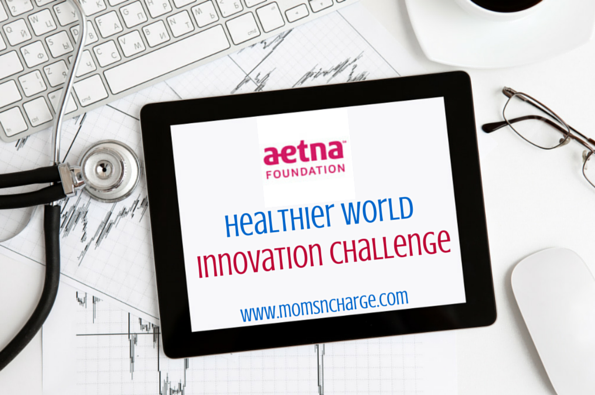
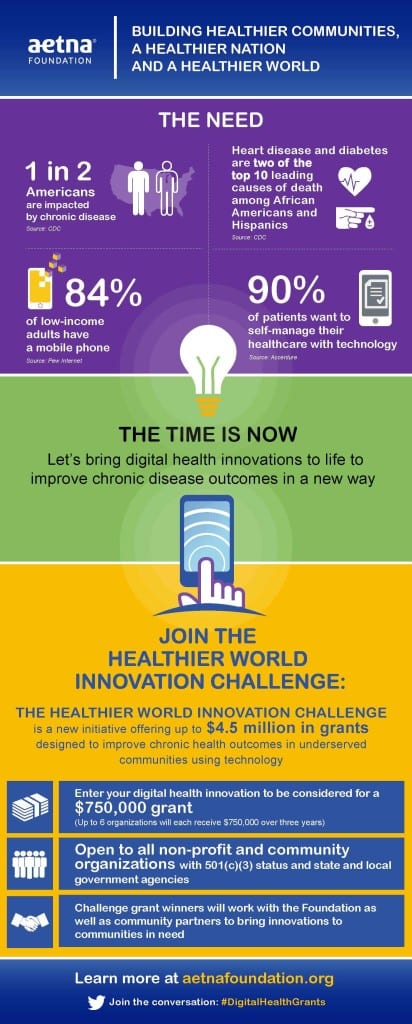
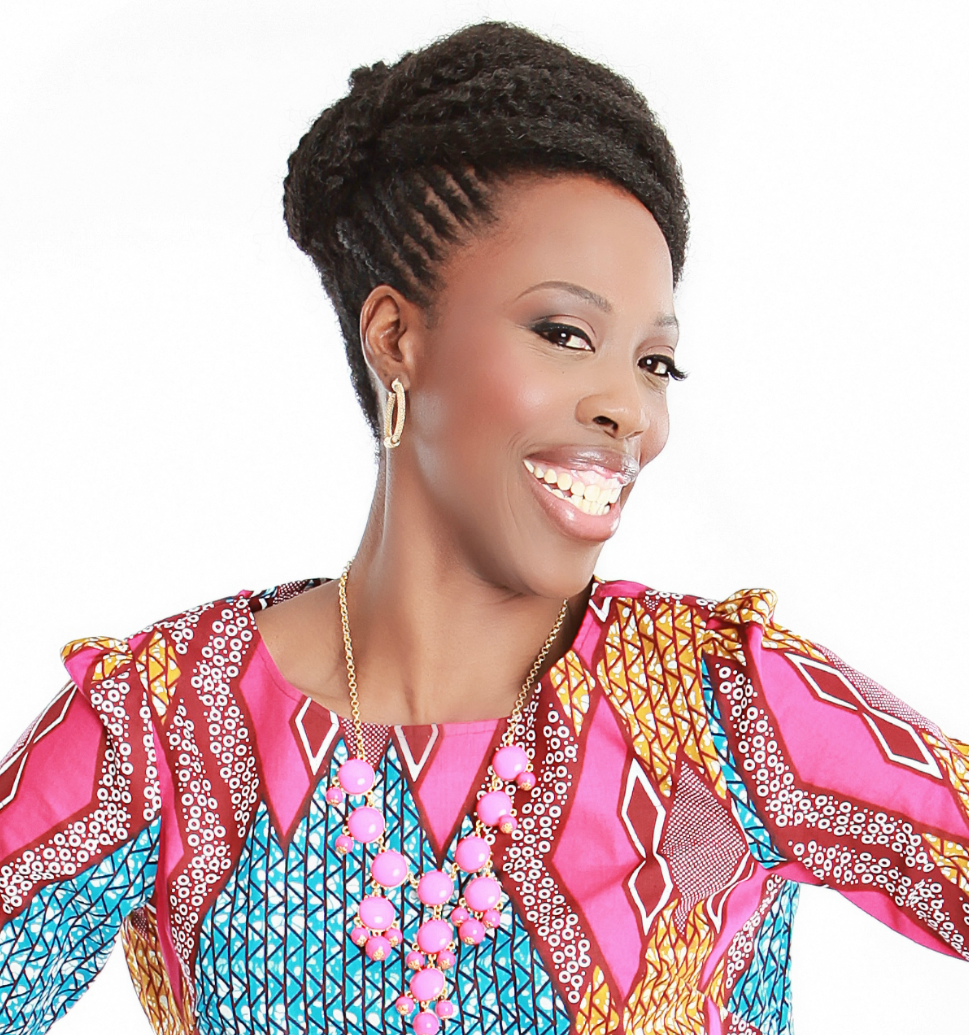
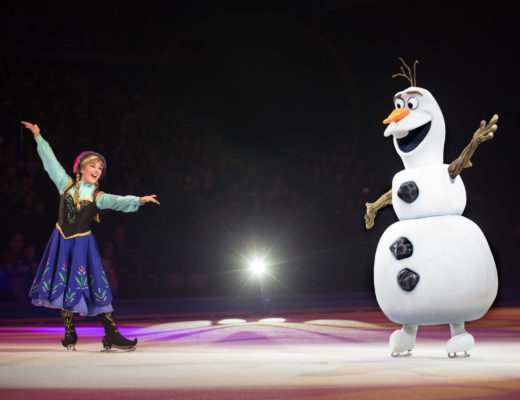
3 Comments
Adanna
January 17, 2015 at 3:23 PMThis is a very insightful interview and I think that targeting young people through mobile devices to share information is smart since most of us spend so much time on our phones. Unfortunately, that may not be as accessible or realistic for older demographics. Eating healthy is definitely important especially in our communities,many of us know and understand this but we don’t have the resources or stick to cultural favorites. I’ll definitely check out the challenge.Thanks for sharing!
Adanna would like you to check out…7 Breastfeeding Necessities
Christine St.Vil
January 17, 2015 at 11:16 PMHi Adanna, thanks so much. I definitely agree, and I’m glad they have some systems in place to make sure the older generation will be able to get the info that they need. But eating healthy is definitely one of the biggest struggles especially for those with lower incomes since it’s generally more expensive to do so.
MJ
January 19, 2015 at 12:07 AMI was just discussing health care and access to information with my best friend over the weekend. I think it is important for providers to reach the people in need by any means necessary. So many people lack the knowledge or resources to get much needed health care.
MJ would like you to check out…Mama Mondays: In Search Of Me Time